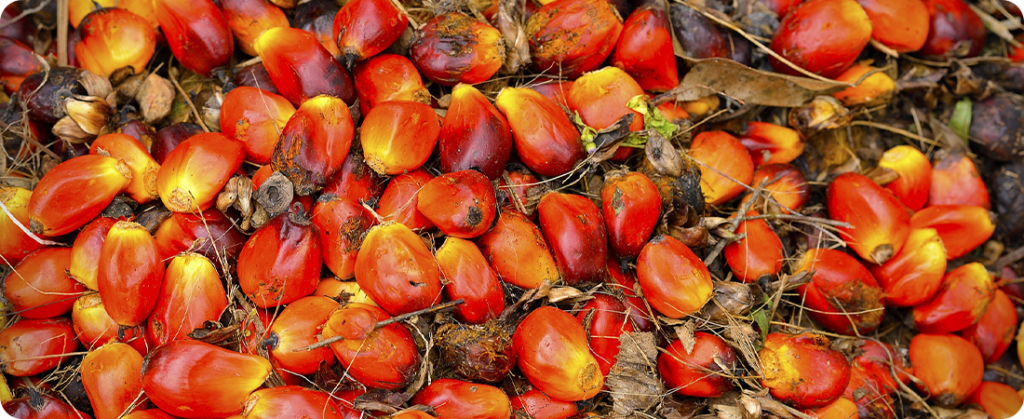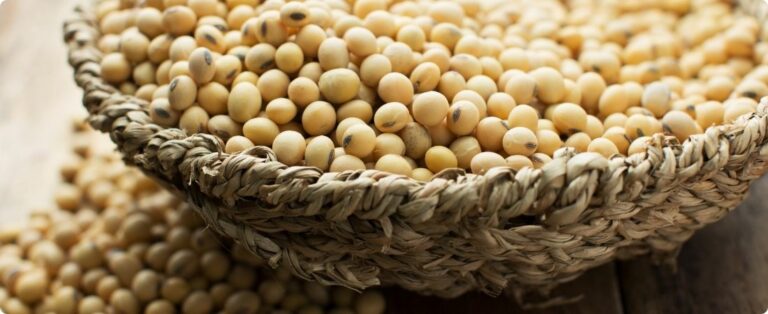
Indonesia, the largest exporter of Palm oil, will launch the crude palm oil (CPO) futures exchange on Friday. However, the main regulatory body informed Reuters that trading through the exchange will not be mandatory.
Southeast Asian authorities planned to make it mandatory for all CPO exports to go through the exchange. The aim was to boost global palm oil prices. This also aimed to create benchmarks similar to those in Kuala Lumpur and Rotterdam.
“This futures exchange is expected to create the CPO pricing benchmark for Indonesia. This will allow us to obtain data. And, thus, develop sectoral policies”, said Didid Noordiatmoko, leader of the BAPPEBTI regulator, in a telephone interview.
Didid said the Indonesia Commodity and Derivatives Exchange (ICDX) has appointed itself as the exchange, and it will quote transactions in the rupiah currency.
The Indonesian Palm Oil Association and analysts were less than enthusiastic about the exchange's introduction.
Indonesia launches palm oil futures exchange with voluntary participation
The director of the Indonesian Palm Oil Association (GAPKI) said that as long as it was not mandatory, the futures exchange would not be a problem. Eddy Martono said: “However, it would be interesting if we could use it for hedging.”
Currently, most Indonesian palm oil exporters sell directly to buyers without going through an exchange, while auctions held by state trading company KPB Nusantara only offer physical palm oil and not futures contracts.
Although 12 companies have been listed on the exchange, Didid said the institution may not see any transactions immediately after the launch, adding that training will be carried out later.
“Indonesia’s launch of its CPO futures exchange may not be of significant importance, at least in the short term. Firstly, participation will be voluntary, in contrast to previous talks about making it mandatory for exporters, and secondly, the denomination will be in Indonesian rupiahs and not US dollars,” said Anilkumar Bagani, head of research at Sunvin Group India.
Source: Dewi Kurniawati | Notícias Agrícolas















